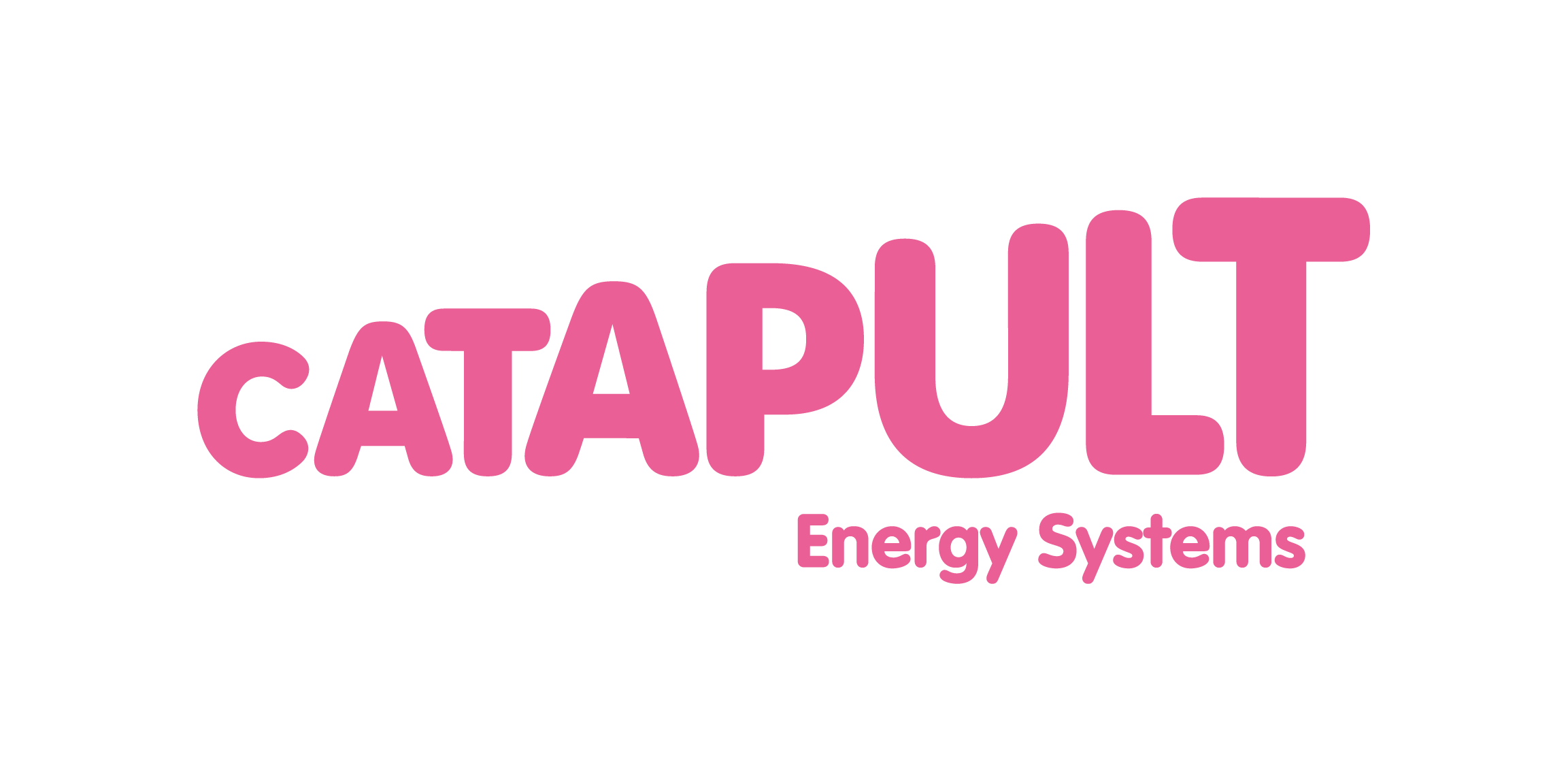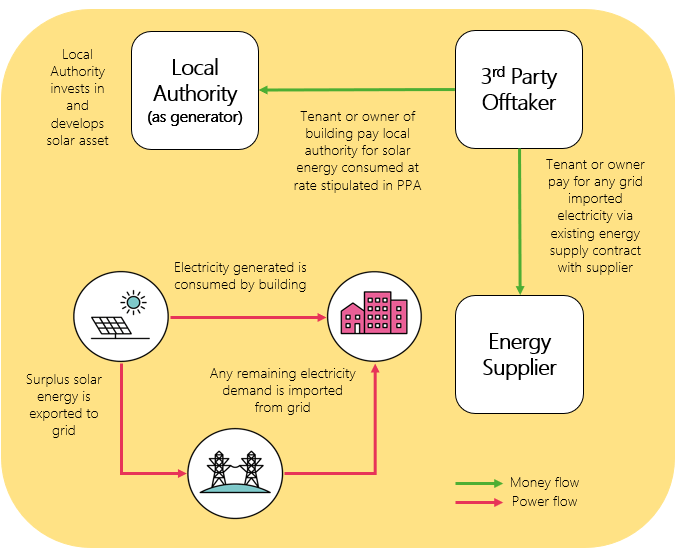In the private wire business model, a solar asset is directly connected to the point of offtake and electricity generated is used to satisfy site demand
Resource
In the private wire business model, a solar asset is directly connected to the point of offtake and electricity generated is used to satisfy site demand

Provided by: Energy Systems Catapult
Part of: Unlocking clean energy in Greater Manchester (UCEGM)
In the private wire business model, a solar asset is directly connected to the point of offtake and electricity generated is used to satisfy site demand. Surplus solar generation is exported to the power grid.
|
A private wire is sometimes referred to as a ‘Behind the Meter (BtM) PPA This model can be enacted by local authorities as follows:
|
 |

|
|
Key BenefitsFinancial and CO2
Other Benefits
|
Risks and Considerations
|
End of Preview
Designed to aid Local Authorities in developing robust, evidence-based plans to enable Net Zero.
Already have an account? Login